Winter, with its serene snowfall and crisp, cool air, often brings a sense of peacefulness and tranquility. However, beneath this picturesque façade lies a host of potential dangers that can be life-threatening. From plummeting temperatures leading to hypothermia to the unseen peril of carbon monoxide poisoning, winter’s hazards demand awareness and preparedness. This post delves into these risks, offering valuable insights and preventative measures to ensure safety during the colder months. Understanding and respecting these dangers is crucial for enjoying the season while safeguarding health and wellbeing.
Contents
Hypothermia: The Silent Killer
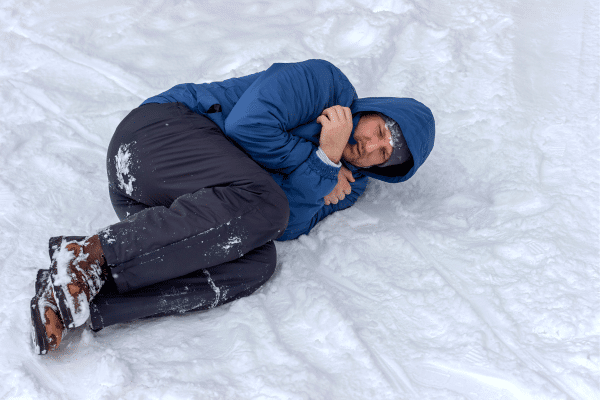
Hypothermia occurs when the body loses heat faster than it can produce it, causing a dangerous drop in body temperature. This condition often creeps in unnoticed, making it particularly insidious. Early symptoms include shivering, fatigue, and confusion, which can quickly escalate to more severe complications if not promptly addressed. Hypothermia is especially perilous because individuals may not realize they are in danger until it is too late. Prevention is key: dressing in layers, staying dry, and avoiding prolonged exposure to cold are critical steps in avoiding this silent killer.
The severity of hypothermia hinges on how long and how intensely one is exposed to the cold. The risk increases significantly in wet conditions or during physical activities that cause sweating, as wet clothing dramatically accelerates heat loss. If symptoms arise, it’s essential to seek shelter, change into dry clothing, and gradually warm up. Emergency medical attention is crucial in severe cases. Moreover, understanding the signs and having a plan in place can be lifesaving, especially in remote or outdoor settings where immediate help may not be available.
Carbon Monoxide Poisoning: The Invisible Threat
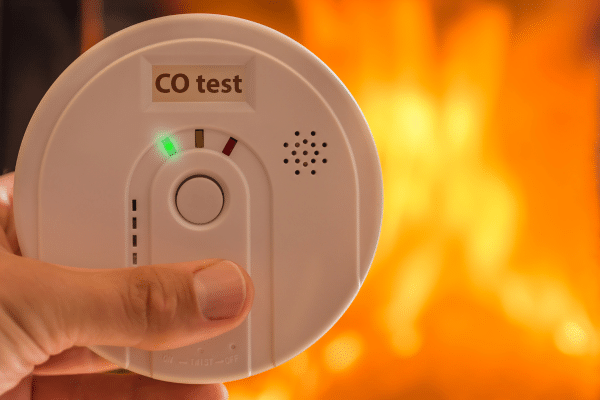
Carbon monoxide (CO) poisoning becomes a heightened risk in winter due to increased use of heating appliances and less ventilation. CO is a colorless, odorless gas that can cause illness and even death if inhaled in large quantities. Symptoms of CO poisoning are often mistaken for the flu, including headaches, dizziness, nausea, and confusion, making it a deceptive and dangerous threat. Ensuring functioning carbon monoxide detectors in homes and regular maintenance of heating systems are crucial preventive measures.
Prevention of carbon monoxide exposure involves several key steps. Firstly, never use generators, grills, or other gasoline or charcoal-burning devices inside homes or garages. Additionally, chimneys should be checked and cleaned annually to prevent blockages that could cause CO buildup. Early detection is vital, and carbon monoxide detectors should be installed near sleeping areas and tested regularly. Being vigilant about these precautions can prevent tragic accidents and ensure a safe winter season indoors.
Slippery Surfaces: Falls And Accidents

Winter conditions often lead to slippery surfaces, significantly increasing the risk of falls and accidents. Ice, snow, and slush create treacherous walking and driving conditions, leading to a wide range of injuries, from minor bruises to severe fractures or head traumas. Pedestrians are particularly vulnerable, as even a small patch of ice can result in a fall. It’s essential to be cautious and take time when navigating these conditions. Wearing footwear with good traction and being attentive to the walking surface can help reduce the risk of falls.
For drivers, winter roads present a unique challenge. Snow and ice can dramatically reduce a vehicle’s traction, braking ability, and maneuverability, leading to accidents. It is crucial for drivers to adjust their driving to these conditions – reducing speed, allowing extra space between vehicles, and avoiding sudden maneuvers. Having winter tires and keeping a winter emergency kit in the car are also important. Preparing vehicles for winter conditions and understanding how to react if skidding or stuck are key to safe winter driving.
Heart Risks: The Strain Of Cold
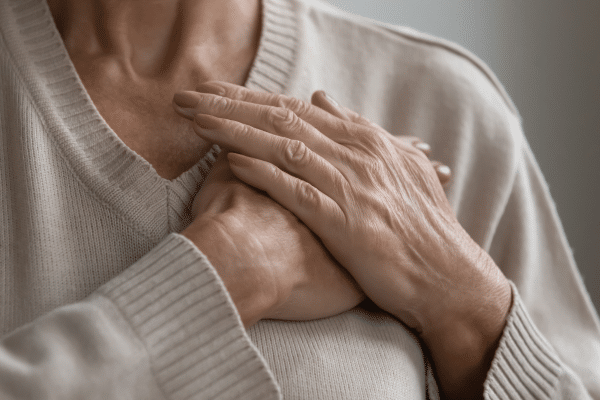
Cold weather can put an extra strain on the heart, particularly during physical exertion like shoveling snow or even just walking in heavy, wet snow. The cold can cause blood vessels to constrict, which increases blood pressure and the heart’s workload. This heightened demand on the heart can lead to increased risks of heart attacks, especially in those with existing heart conditions. Awareness of these risks and understanding personal limits are crucial. Engaging in physical activities at a pace that doesn’t cause discomfort or undue strain is advisable.
For individuals with known heart issues, it’s especially important to exercise caution during winter. Consulting with healthcare providers about safe levels of physical activity and recognizing signs of heart distress are essential. Warning signs such as chest pain, shortness of breath, or unusual fatigue should not be ignored. Additionally, adopting lifestyle habits that support heart health, like a balanced diet and regular exercise, can help mitigate risks. It’s also beneficial for everyone to be familiar with basic first aid and CPR, as these skills can be lifesaving in an emergency.
Winter Driving: Hazards On The Road
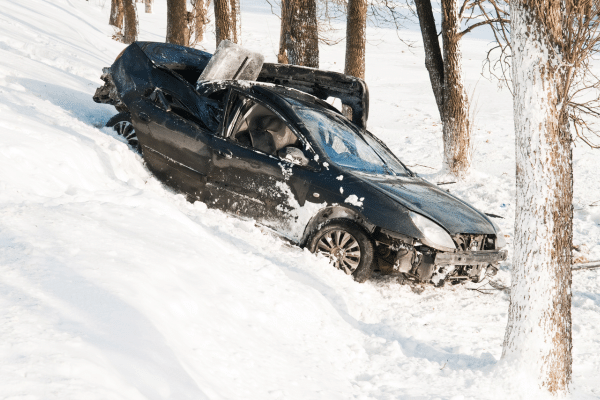
Winter driving comes with a host of hazards, including reduced visibility due to snowfall or fog and the risk of skidding on icy roads. These conditions demand heightened awareness and preparedness from drivers. Regular vehicle maintenance, like ensuring lights and brakes are functioning properly, is a key part of preparing for winter driving. Additionally, keeping a safe distance from other vehicles and being prepared to react to sudden changes in road conditions are vital for safe travel.
In the event of getting stranded, having an emergency kit in the vehicle can be a lifesaver. This kit should include items like blankets, a flashlight, water, and non-perishable snacks. It’s also wise to keep the fuel tank at least half full to avoid fuel line freeze-up and to ensure there’s enough fuel in case of delays. Before setting out, checking weather reports and road conditions can help drivers make informed decisions about the safety of their travel plans.
Snow Shoveling: A Risky Chore
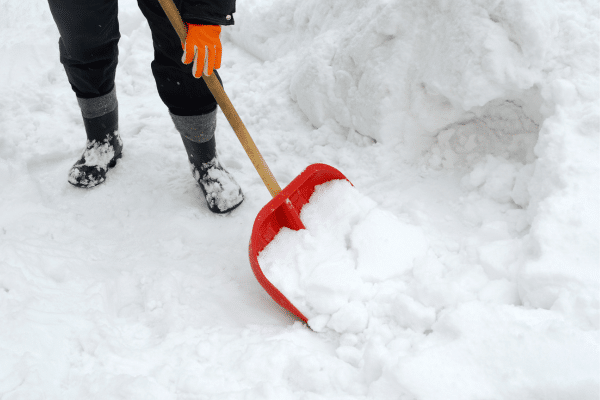
Snow shoveling, though often viewed as just another winter task, carries significant health risks. The combination of cold temperatures and physical exertion increases the risk of heart attacks and can cause injuries due to overexertion or slips. The act of lifting heavy snow can strain the heart, back, and muscles, and the cold air can exacerbate breathing difficulties. To minimize these risks, it’s advisable to shovel smaller amounts of snow at a time and to take frequent breaks.
Alternatives to manual snow removal, such as using a snow blower or hiring snow removal services, can also reduce these risks. For those who shovel, using ergonomic shovels, pushing snow rather than lifting, and staying hydrated are important. Dressing in layers to stay warm and dry and avoiding shoveling immediately after waking up, when the risk of heart attacks is higher, are also beneficial practices. Ultimately, understanding personal limits and not overexerting oneself is key to safely managing this winter chore.
The Bottom Line
Winter’s beauty often masks its potential dangers. From icy pavements leading to falls to the invisible threat of carbon monoxide poisoning, the season presents numerous risks to health and safety. Awareness and preparedness are vital in navigating these challenges. By understanding these risks and adopting proactive measures, it’s possible to enjoy the season’s pleasures while minimizing its perils. Whether it’s adjusting plans according to the weather forecast, equipping homes and vehicles for winter conditions, or recognizing personal physical limits, staying informed and cautious is the best strategy for a safe and enjoyable winter.


